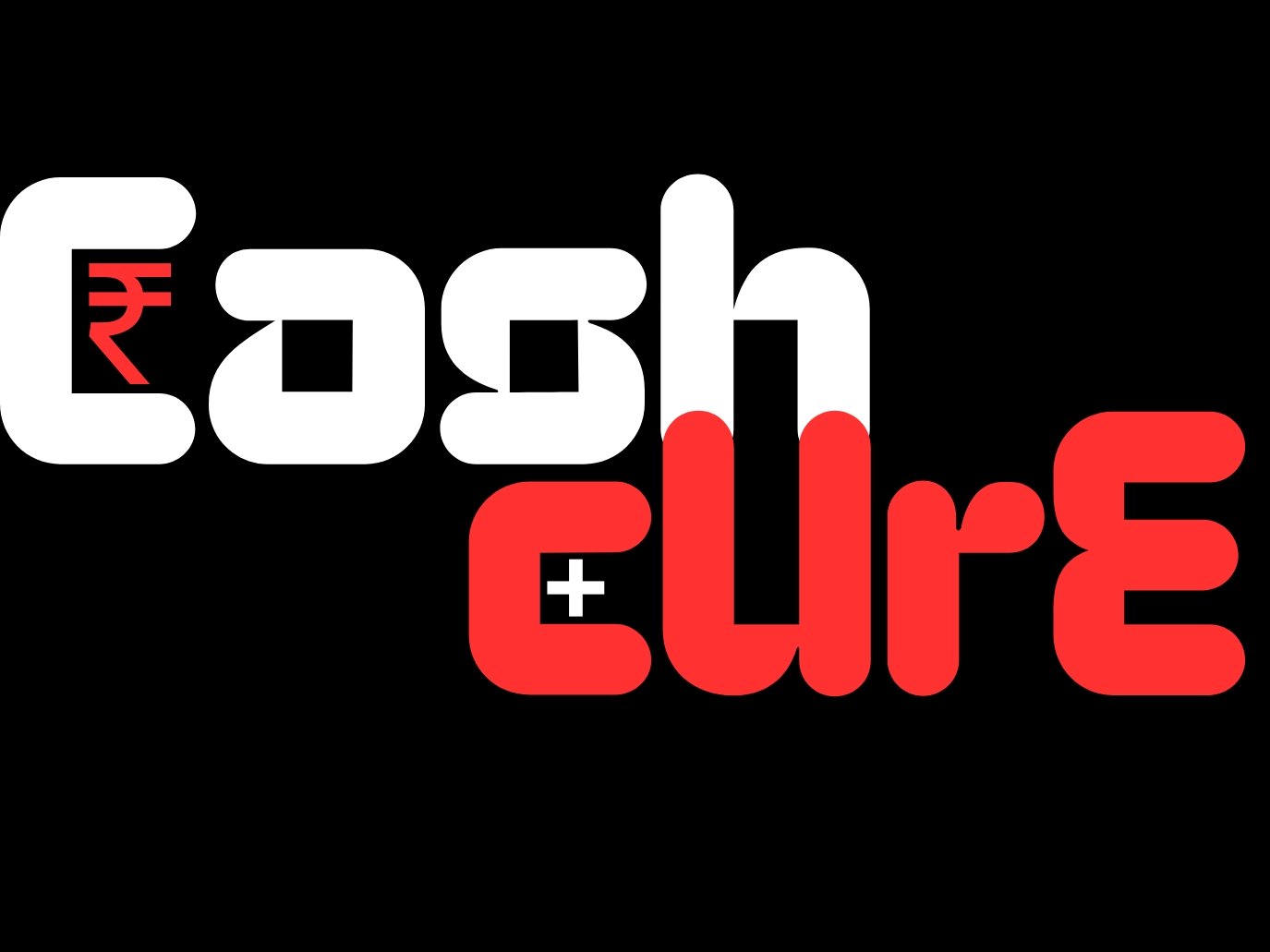The word “micro” may mean small, but its influence on lifestyle trends is anything but minor. From micro-breaks to micro-self-care, the concept of “micro” has gained traction across various aspects of life. A notable addition to this list is the concept of micro-retirement, a planned career break designed to prioritize mental health and achieve work-life balance. In 2025, one in ten Americans plans to take a micro-retirement, signaling a significant cultural shift toward flexibility and self-care in professional life.
The Rise of Micro-Retirement
Traditionally, retirement was seen as the culmination of decades of hard work, marked by a gold watch and a leisurely lifestyle. However, this perception is changing. Micro-retirement represents a modern twist on this concept, offering individuals an extended career break to rest, travel, or explore personal interests without waiting for the twilight of their careers.
Gen Z, in particular, has championed this trend, normalizing the idea that professional success does not require sacrificing mental health. Instead of driving themselves to burnout, younger professionals are redefining what it means to achieve a healthy work-life balance. As a result, micro-retirement has emerged as a proactive approach to managing job stress and maintaining productivity over the long term.
Scientific studies support the benefits of such breaks. Research highlights that taking time off to rest and recharge enhances engagement and productivity. Similarly, practices like micro-self-care—brief yet intentional moments of self-care—have proven effective in preventing burnout. Micro-breaks, taken throughout the workday, further contribute to improved well-being by reducing fatigue and cumulative stress.
How Micro-Retirement Works: The Five P’s
A study by SideHustles.com involving 1,000 American workers revealed that 54% believe micro-retirement helps prevent burnout and improves well-being. With one in ten workers planning a career break in 2025, understanding the “Five P’s” of micro-retirement is crucial for those considering this path:
- Purpose: A micro-retirement is not merely an escape from a stressful job or a chance for a dream vacation. It requires clear intent. Whether the goal is to recover from burnout, learn a new skill, or reflect on career goals, having a defined purpose ensures the time is used effectively.
- Plan: Once the purpose is set, the next step is crafting a detailed plan. This includes deciding the length of the break, outlining activities, and setting specific objectives. For instance, some individuals use this time to learn a new language or pursue a creative hobby. According to the study, most micro-retirees plan for an average break of four months.
- Pay: Financing a career break is a critical consideration. On average, micro-retirees save approximately $15,000 before embarking on their journey. While 67% rely on savings, others (36%) supplement their funds through side hustles or freelance work.
- Pitch: Gaining employer approval is another important step. Employees may need to negotiate terms, including the duration of their break and potential arrangements for returning to their role. While not all organizations support micro-retirement, some are willing to accommodate these requests, as seen in cases like professors taking sabbaticals for personal projects.
- Ponder Post-Micro-Retirement: The final step involves reflecting on the future. Will the individual return to their previous position, continue with freelance work, or seek a more fulfilling role? The study shows that 52% plan to return to their current employer, while 13% intend to switch jobs, and 35% remain undecided.
Employer Concerns and Opportunities
While micro-retirement offers numerous benefits for employees, it also raises concerns for employers. Experts suggest that the growing popularity of micro-retirement reflects larger workplace challenges, including burnout, disillusionment, and a demand for greater flexibility. According to Phil Willburn, VP of People Analytics at Workday, “Micro-retirement is a form of agency in a job market that all too often feels uncertain.”
For employers, addressing these issues involves creating a supportive workplace culture. Willburn emphasizes the importance of offering meaningful work, growth opportunities, and recognition. Paul Farnsworth, president of Dice, adds that maintaining relevant skills during a micro-retirement is crucial, particularly in industries like technology. “Professionals need confidence that their expertise will remain valuable upon re-entry,” he notes.
A Must-Have for the Modern Workforce
Ed Huang, a career expert at SideHustles.com, underscores the rapid growth of micro-retirement, particularly among millennials and Gen Z. His research reveals that 75% of workers want structured options, such as unpaid sabbaticals or extended PTO. Huang concludes, “Flexibility is no longer just a nice-to-have; it’s becoming a must-have.”
As micro-retirement gains momentum, it represents a significant shift in how professionals approach their careers. By prioritizing rest, growth, and flexibility, workers are carving out sustainable paths to success—on their own terms.


Leave a Reply
You must be logged in to post a comment.